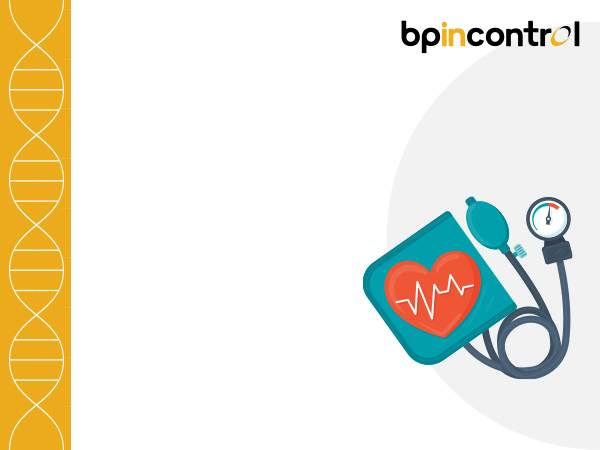Sodium Intake and High Blood Pressure: The Salty Truth

Table of Contents
When diagnosed with high blood pressure, doctors typically recommend reducing sodium intake. Table salt, in particular, should be avoided, and alternatives like Himalayan salt or rock salt should be considered.
The Role of Sodium in Blood Pressure
Sodium plays an important role in regulating blood pressure. Even a slight reduction in sodium intake can lower blood pressure by 5 to 6 mm Hg. Here is how sodium affect blood pressure:
- High fluid retention: High sodium intake leads to fluid retention increasing blood volume and raising blood pressure.
- Vascular resistance: Excess sodium can constrict blood vessels, further elevating blood pressure.
- Hormonal Effects: Sodium affects the hormone system that helps regulate blood pressure and fluid balance.
What are different types of salt?
There are different types of salt affecting blood pressure based on their sodium content and mineral composition. Table salt and sea salt have the highest content of sodium, contributing to high blood pressure. Replacing table salt with low-sodium content salt can significantly reduce the development of high blood pressure, such as Himalayan salt or rock salt.
Which Salt is Best for High Blood Pressure?
Wondering which salt is best for high bp? Avoiding raw table salt and opting for alternatives like Himalayan salt or rock salt is recommended. However, all salt types should be consumed in moderation, as excessive intake can lead to hypertension. Himalayan salt offers additional nutritional benefits, such as promoting respiratory and skin health while preventing dehydration.
Practical Tips for Reducing Sodium Intake
Reducing sodium intake is challenging but necessary for managing blood pressure and improving overall heart health. Here are some practical tips:
- Choose fresh foods, such as fruits, vegetables, and lean meats over processed foods.
- Consume low or no sodium food options labelled “reduced sodium” or “no salt added” to control sodium intake.
- Use herbs, spices, lemon, lime, vinegar or salt-free seasonings to enhance flavour.
- Limit intake of condiments like salad dressings, ketchup and hot sauce, and salty side dishes.
- Seek professional advice from dietitian, doctor or nurse for personalised advice on reducing sodium intake.
Conclusion
Reducing sodium salt intake is essential for managing and preventing high blood pressure. By choosing low-sodium salts like Himalayan salt, using fresh food, and limiting consumption of salty processed foods, sodium intake can be significantly lowered and healthy blood pressure levels maintained. Consult a medical professional to prepare a personalised diet plan for reducing sodium intake effectively.
FAQs
1. Can I completely avoid salt to lower my blood pressure?
Completely avoiding salt may be impractical and unnecessary as sodium is essential for various bodily functions. Instead, focus on moderating sodium intake by choosing low-sodium options and reducing consumption of highly processed foods.
2. Can switching to a different type of salt lower my blood pressure?
Switching to low-sodium salt alternatives can help manage blood pressure. However, all salt types contain sodium, so moderation is key.
3. Are there any salts that are sodium-free?
Yes, potassium-rich salts can be sodium-free or low in sodium offering alternatives to traditional salt while regulating blood pressure.
4. Should I avoid all high-sodium foods if I have high blood pressure?
No, it is not required to completely cut down on high-sodium foods. You can consume them in moderation and balance with fresh fruits and vegetables to maintain a healthy diet. However, it’s best to avoid pickles and canned foods, as well as snacks like chips and soda.
Disclaimer
The information contained in this article is to educate, spread awareness in relation to hypertension and other diseases to the public at large. The contents of this article are created and developed by BPinControl.in through its authors, which has necessary, authorisations, license, approvals, permits etc to allow usage of this articles on The Website. The views and opinions expressed in this article are views, opinions of the respective authors and are independently endorsed by doctors. Although great care has been taken in compiling and checking the information in this article, The Website shall not be responsible, or in any way liable for any errors, omissions or inaccuracies in this article whether arising from negligence or otherwise, or for any consequences arising therefrom. The content of this article is not a substitute for any medical advice. The Website shall not be held responsible or liable for any consequence arising out of reliance on the information provided in the article.


Comments (0)
No comments found.Add your comment